El Nino Is Over But the Damage Continues
More than 60 million people face hunger, malnutrition.
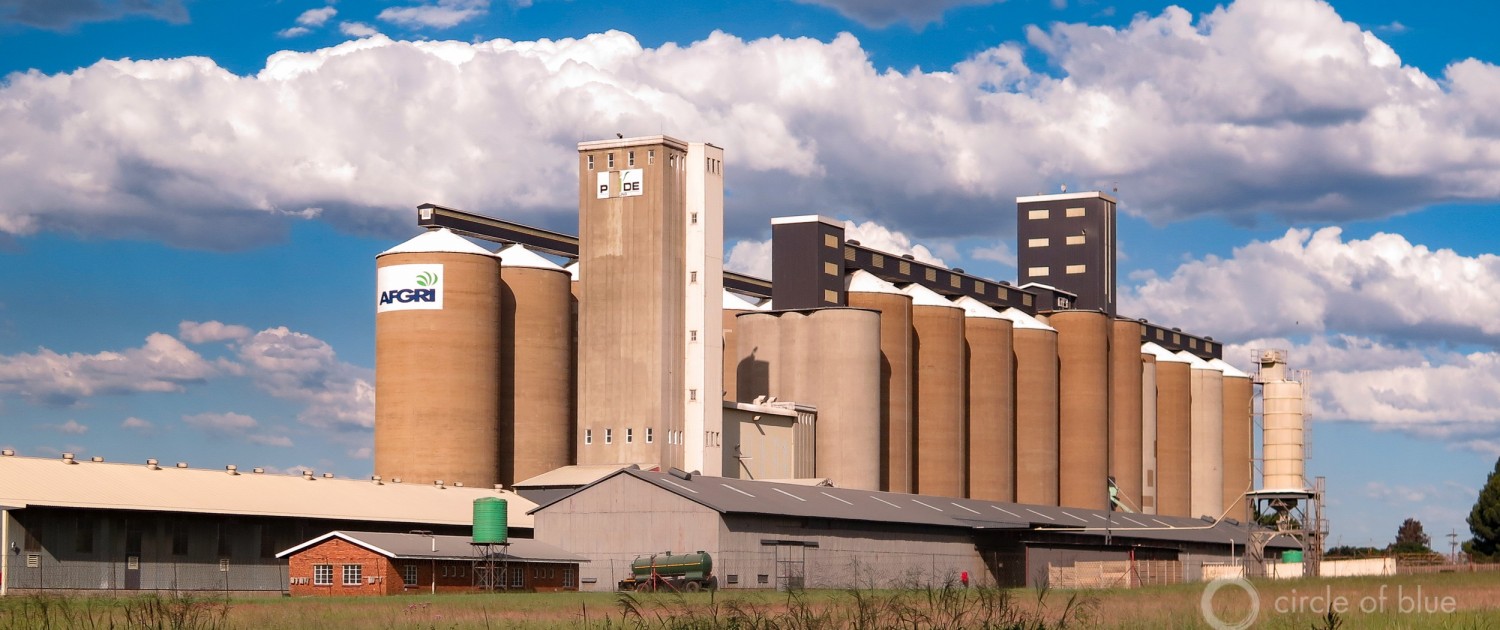
Grain elevators rise above farm fields in Mpumalanga province, in northeastern South Africa. Africa’s largest grain producer will import maize this year due to the worst drought in more than three decades. Photo © Keith Schneider / Circle of Blue
By Brett Walton, Circle of Blue
The El Nino that swept the world starting in the summer of 2015 was one of the worst on record, according to leading meteorological agencies, including the National Oceanic and Atmospheric Administration. The weather phenomenon caused by warm ocean water in the equatorial Pacific gouged a deep wound in the world’s most vulnerable countries by scrambling typical rainfall patterns.
More than 60 million people, most in Africa, are hurting because of drought and flood, according to the United Nations. Weather extremes led to crop failures in the Horn of Africa and a record drought in Central America that restricted the draft of ships passing through the Panama Canal. In the depleted Mekong River delta, salt water raced inland, damaging the rice crop and causing $US 250 million in economic damages. Lack of rain is implicated in the political and social instability in Venezuela, where hydropower reservoirs, the main source of electricity, are so low that the government cut a day from the business week to dampen energy demand.
Water temperatures in the eastern Pacific Ocean are cooling, signaling the end of what was dubbed a “Godzilla” El Nino. By June, water temperatures should return to normal. But the damage caused by the weather cycle will last much longer.
These effects will linger, particularly for the hungry. The World Food Program expects food insecurity related to El Nino to peak in December. Ethiopia is the worst condition, with more than 10 million people needing food aid. The drought there occurred during the last major planting season — between June and November — and slashed harvests, explained Richard Choularton, chief of climate and disaster risk reduction at the World Food Program. Families will run out of food sooner than usual, which leads to a cascade of bad consequences.
“People pull kids out of school to save money,” Choularton told Circle of Blue. “They buy cheaper food. They sell their assets, such as livestock. It takes a lot of time for the full impact of the crisis to unfold.”
Malnutrition, tattered household finances, and lost schooling are the sorts of social ills that manifest over years, not months.
Besides Ethiopia, a number of other countries are struggling:
- An estimated 1.5 million people in Mozambique, primarily in the country’s southern districts, need food aid, according to the United Nations. Market prices of staple foods such as maize grain and cowpeas have climbed 100 percent compared to last year. On April 12, the government declared a “red alert,” akin to an emergency declaration, which allows authorities to hand out money and food aid.
- On April 13, Malawi’s president declared a national disaster and said that maize production is expected to decline 12 percent from last year.
- Many countries in southern Africa — Lesotho, Malawi, Zimbabwe, and others — experienced a second consecutive year of below average crop production. Grain reserves are depleted, which will affect regional food security well into next year. “This year and into early 2017, many areas will not have the carryover stocks from the previous year as a way to weather the shock of this year’s significant drop in production,” said Peter Thomas, a food security analyst at the Famine Early Warning Systems Network.
- South Africa, typically a grain exporter, is importing this year during its worst drought in more than three decades. Maize production, its staple crop, is expected to drop 40 percent below the five-year average.
Using Forecasts for Better Aid Outcomes
How can vulnerable countries break out of the cycle of disaster and emergency response? A little foresight can help. Aid agencies are using weather models and predictive tools to shift from reaction to anticipation – putting people and resources in place before crisis hits so that the damage does not break families and communities.
“The earlier you can provide assistance, the less severe it will be to cope, and it will be a cheaper disaster response overall,” Choularton said. “Early response lessens the cost of treating malnutrition or replacing lost assets.”
The World Food Program is using a forward-thinking disaster assistance tool that is based on weather forecasts. Called the Food Security Climate Resilience Facility, it frees up funds for emergency planning when certain indicators of danger, such as low soil moisture or ominous rainfall forecasts, are forecasted.
The program was rolled out in a trial phase last year in Guatemala and Zimbabwe in response to the monster El Nino, Charlouton said. Farmers were given seeds that endure low-moisture conditions and irrigation infrastructure was repaired so as not to waste scarce drops. The WFP is now assessing how the program fared.
The International Federation of Red Cross and Red Crescent Societies runs a similar forecast-based aid program. The organization used the model for the first time last November in Uganda in anticipation of heavy rains. Aid workers distributed soap and hygiene kits to help ward off dysentery. The organization used the model a second time in March to deliver water purification and anti-malaria measures to 1,100 families in northern Peru, where floods were expected.
“It’s important to continually monitor forecasts, be aware of where and when impacts might be felt, and prepare ahead of time,” Roop Singh, a technical adviser for the Red Cross Red Crescent Climate Center, told Circle of Blue. “Places where El Nino typically has impacts can create an action plan, with attached funding, for what they would do if an El Nino is forecast in the future. That way they would already have a plan in place, and the funding to execute that plan.”
Planning and execution, of course, rely on government competence. The WFP is helping in that regard, too. It developed a form of government insurance against drought that pays out when forecasts predict low seasonal rainfall. In order to receive the payments, though, the governments must have a response plan for how to deliver vaccinations, food, or livestock health care to its people. The insurance program started in a trial phase last year, with the governments of Kenya, Mauritania, and Senegal participating.
The program is partly a recognition of the limits of international aid. Building national capacity is essential. Richer, well-governed countries do not suffer catastrophe when the rains fail. Forecasts are a stepping stone for those countries without such an advantage.
“Without addressing the fundamental underlying social and environmental issues, shocks turn into bigger disasters,” Choularton said. “We have to have long-term major investments into national safety nets and community resilience. We can have better, smarter systems, especially when we’re better at forecasting.”
Brett writes about agriculture, energy, infrastructure, and the politics and economics of water in the United States. He also writes the Federal Water Tap, Circle of Blue’s weekly digest of U.S. government water news. He is the winner of two Society of Environmental Journalists reporting awards, one of the top honors in American environmental journalism: first place for explanatory reporting for a series on septic system pollution in the United States(2016) and third place for beat reporting in a small market (2014). He received the Sierra Club’s Distinguished Service Award in 2018. Brett lives in Seattle, where he hikes the mountains and bakes pies. Contact Brett Walton

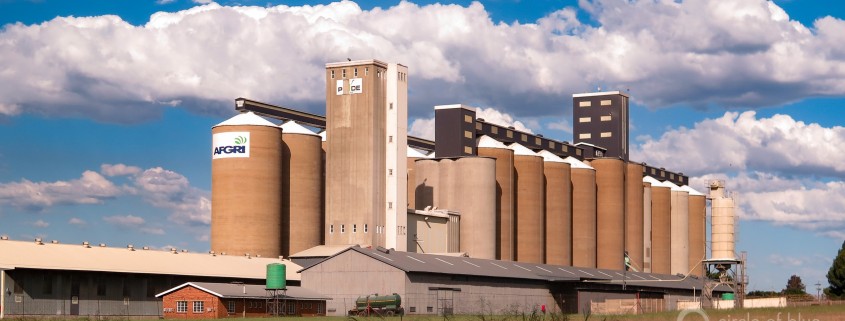

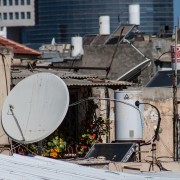
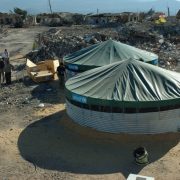
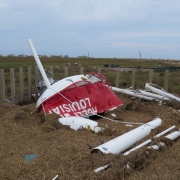
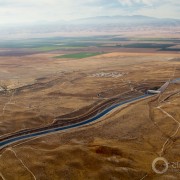
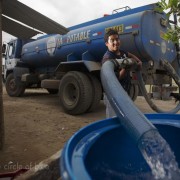
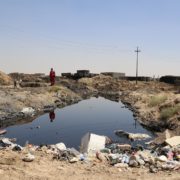



Leave a Reply
Want to join the discussion?Feel free to contribute!